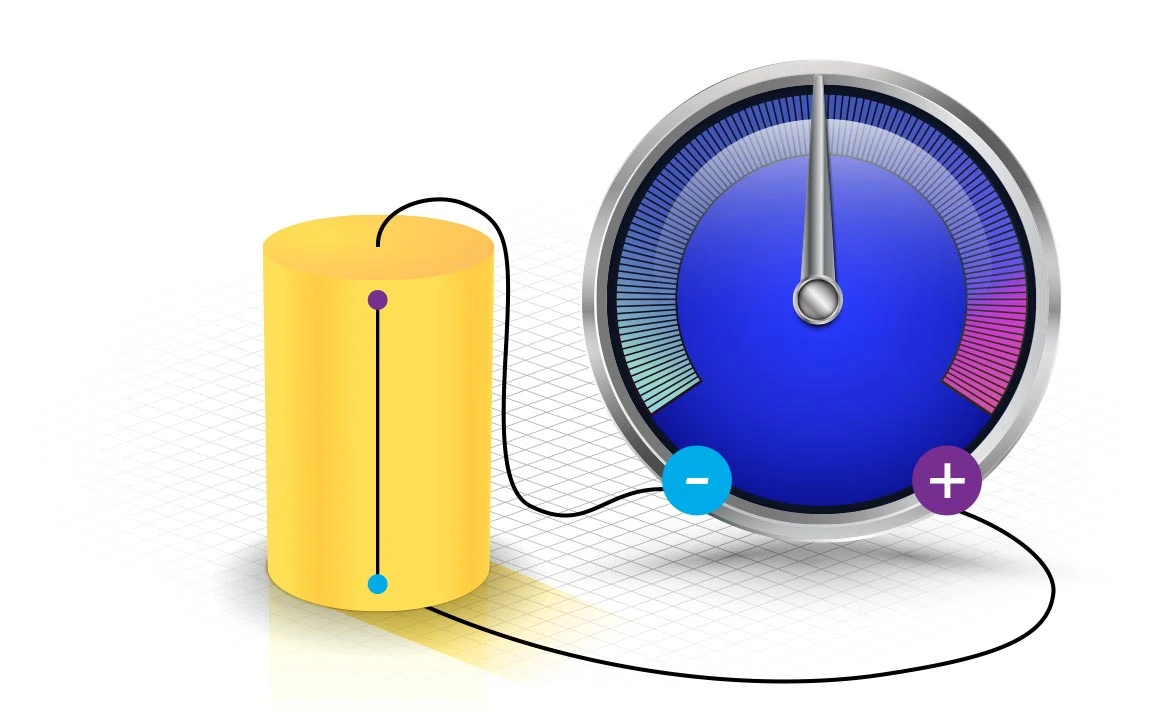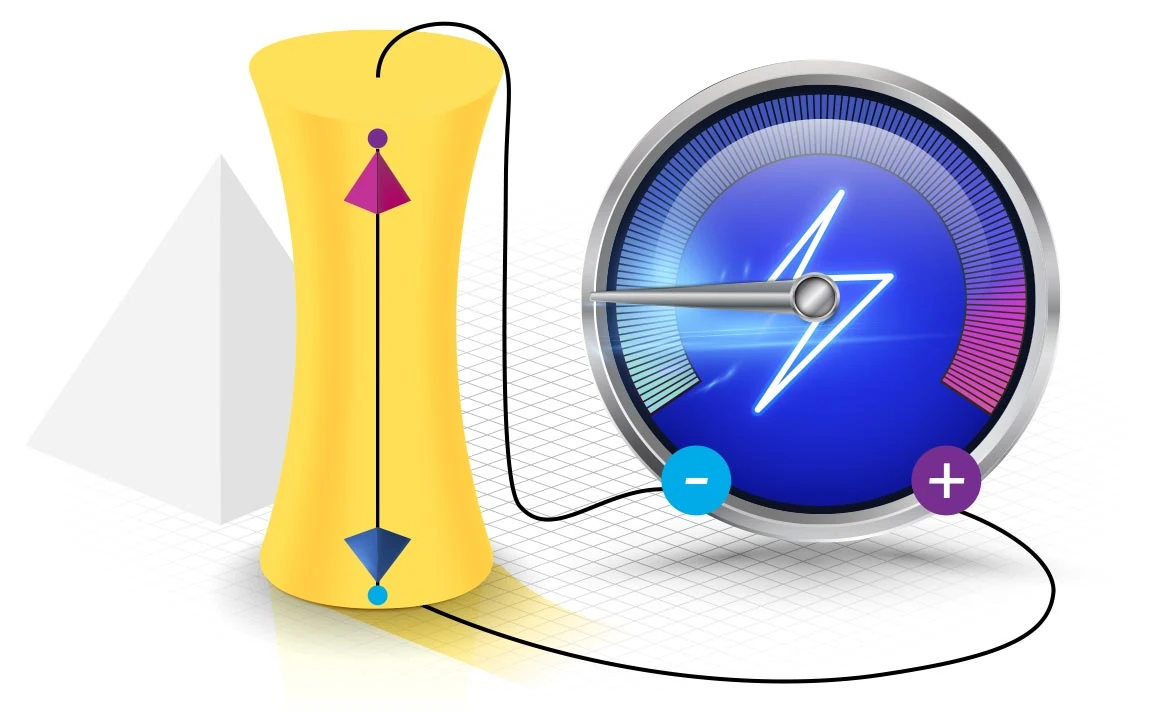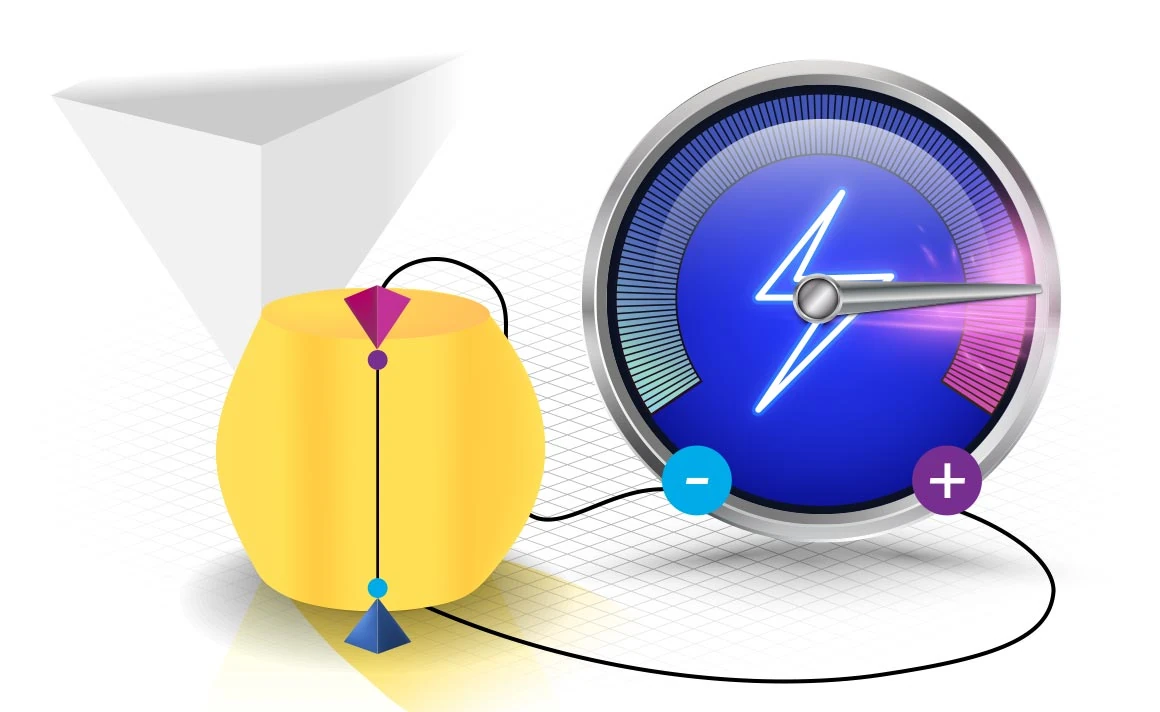Smart materials can
Move your idea
fast and reliable
The Piezoelectric effect was discovered
in 1880
by Jacques and Pierre Curie
Piezo crystals become electrically charged
when deformed under mechanical stress
In 1880 Jacques and Pierre Curie discovered that when deformed under mechanical stress, quartz crystals became electrically charged – positively and negatively – on prism-shaped surfaces. They called this reaction the piezoelectric effect. Above a certain temperature (called the Curie temperature) these kinds of materials possess a cubic elementary cell with a centre of symmetry. The main areas of the positive and negative charges are found in the centre of the elementary cell of the crystal. The materials are paraelectric. There is no detectable piezoelectric effect.
In the manufacturing process, after sintering, a shift of the ions of the elementary cell occurs when cooling below the Curie temperature. The positive and negative charges are no longer in the center. The symmetry center is lost and a spontaneous polarization of the elementary cell occurs. The elementary cell now has an electric dipole.
The dipoles influence each other and spontaneously form areas with a uniform orientation, so-called “weissch domains”. The polarization directions of a piezoceramic are statistically equally distributed, so that the macroscopic body has no polarization and is therefore not piezoelectric.
If the ceramics are exposed to a strong electric field, these domains remanently align themselves to this field. Only with the help of this polarization process the piezoceramics acquire their piezoelectric properties, which are important for industry.






















